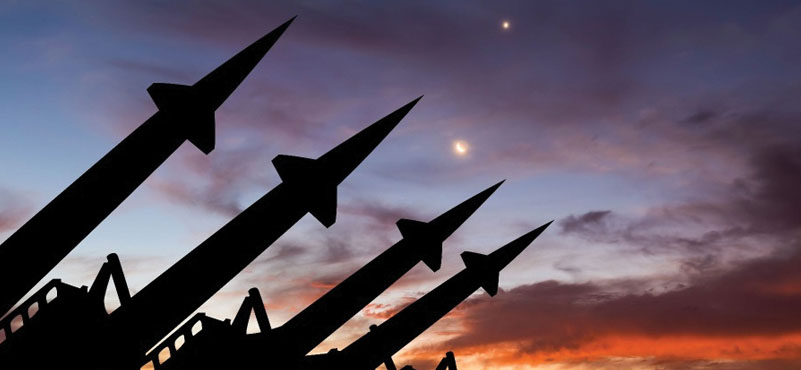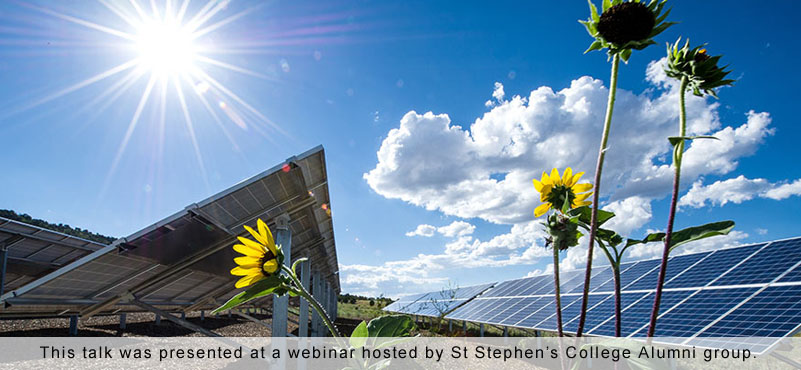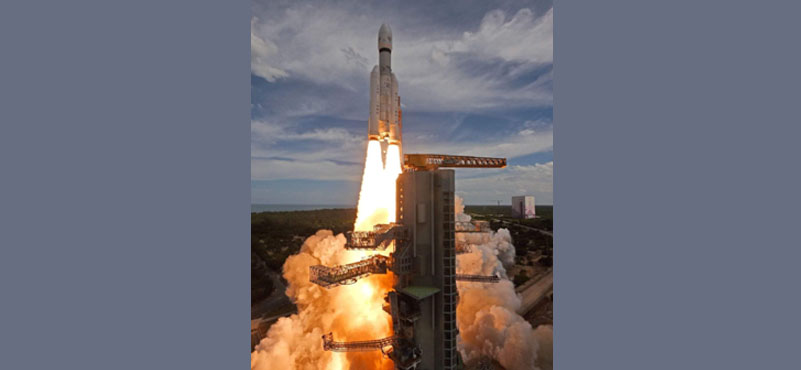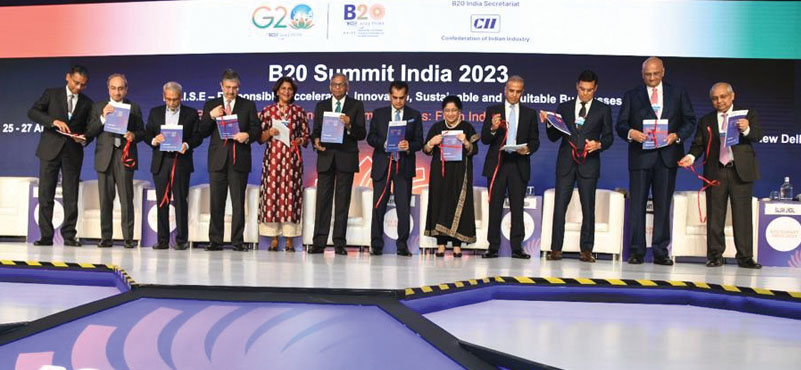Deterrence is always preferred to conflict, say the authors. Through this State visit deterrence has been achieved, an effective one that casts the dark clouds away from over the Indo-Pacific region. The visit has concluded providing more stability in our region.
Background
Over the last two decades, India and the United States have grown increasingly aligned, starting with President Clinton’s visit to India and followed up by subsequent Presidents in numerous spheres, with the US providing greater military assistance to India to enhance its military capabilities. President Donald Trump raised India to Strategic Trade Level 1, a level that USA reserves for its closest allies including NATO. The present June 22-24 invitation by President Joe Biden to Prime Minister Narendra Modi as a State guest to USA, undoubtedly ushered a new era to Indo-US relations.
Prime Minister Narendra Modi has visited United States five times for bi-lateral and multi-lateral meetings since 2014. But his visit on 22nd of June 2023, assumed greater significance because none of his earlier visits were classified as a ‘State Visit’. It is evident that the state visit, which is the most elevated form of American diplomacy was carefully crafted and choreographed in line with the strategic relationship between the two countries.
In a run up to the visit, the US Secretary of Defence, General Lloyd Austin came to India on 04 & 05 June 2023, with the aim of reinforcing defence partnerships, and advancing cooperation in critical domains. He met the Defence Minister and the National Security Advisor. The US committed to closely collaborating with India in support of the shared vision for a free and open Indo-Pacific. India and the US also concluded a roadmap for defence cooperation, a landmark move expected to bolster India’s indigenous defence manufacturing.
The roadmap was significant as Washington maintains strict controls over what military technology can be shared or sold to other countries. The new roadmap on defence cooperation stressed on easing regulatory hurdles on supply chain security and the Reciprocal Defense Procurement agreement. It also set up mechanisms like Advanced Domains Defence dialogue and the India-US Defence Acceleration Ecosystem (INDUS-X) to promote the partnership between India and US.
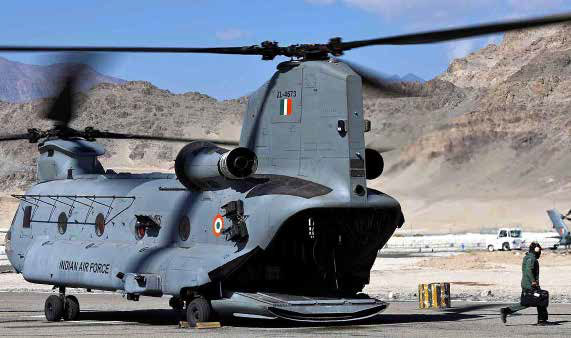
Following the footsteps of General Lloyd Austin, the American NSA, Jake Sullivan, accompanied by Indo-Pacific Coordinator at the National Security Council, Kurt Campbell, visited India on 13-14 June. Amongst his engagements was the second round of Initiative on Critical and Emerging Technologies (iCET) talks.
Prior to that, on 06 June the Indian Foreign Secretary, Vinay Kwatra, visited Washington and attended the launch of the Strategic Trade Dialogue, which was one of the first outcomes of iCET.
iCET is a framework, a mechanism, to build strategic trade and technology partnership between the two countries. Many similar assurances have been made in the past too, however, actual transfer of assets or ToT has been comparatively slow. This was because the approval procedures required both the US Department of Defence and the Private manufacturer to agree to the specifics of the deal. Somehow, if one agreed the other did not, which led to time delays. Notwithstanding that, India has gained a lot in the past decade in the form of C-130, C-17 Aircrafts, the Chinook and Apache helicopters, the M-777 Howitzers and so on. In the present proposal(s), there is much hope and expectation that projects will fructify at a faster pace.
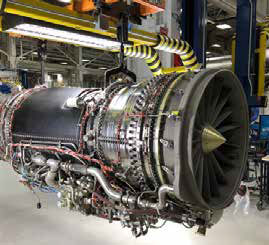
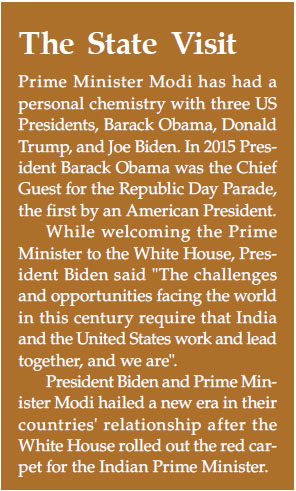
The Deliverables
During his visit to India, Jake Sullivan had said “As we look ahead to the State visit Prime Minister Modi will be embarking upon in Washington next week… the number of the deliverables at the visit are not just bullet points on a page. They are fundamentally designed to remove those obstacles in defence trade, in investment in each of our countries, by taking away obstacles that have stood in the way of our scientists and researchers”. And that is exactly what happened.
The two countries announced Agreements on Semiconductors, Critical Minerals, Technology, Space Cooperation and Defence Cooperation including joint manufacturing and sales.
Some were aimed at diversifying supply chains to reduce dependence on China. Others aimed at helping in advanced technologies. They also ended disputes at the World Trade Organization, and India removed some tariffs on US goods. Specifics are discussed below.
GE-F414 Fighter Aircraft Engine
The landmark agreement was to allow General Electric to co-produce the GE-F414 fighter aircraft engine with Hindustan Aeronautics Limited in India. It will power the LCA ‘Tejas’ Mk II and other future fighters. The 80 percent ToT for the manufacturing of the F-414 engine will be an unprecedented step. The F-414 powering the Tejas Mk II, a 4.5-generation medium-weight fighter aircraft will be an upgrade on the existing F-404 engine which powers the Tejas Mk I. As per The Economist, Americans see it as their most generous proposal since 2005, the Civil Nuclear Cooperation Initiative.
The technology of the F-414 may not be the latest but it is a huge step towards trust, faith, and friendship. It will provide employment for Indians and an opportunity to export surplus engines. Availability of the cutting-edge technology like the crystal turbine blade technology used in this engine, would expose India to the best technologies in the world.
MQ-9B Predator Armed Drones
The case for procuring 31 Armed Drones (16 Sky Guardian and 15 Sea Guardian) and associated equipment was cleared by the Defence Acquisition Council (DAC) on 15 Jun 2023. The deal involves setting up Maintenance Repair and Overhaul facilities in India. Under the deal, the Navy will get 15 MQ-9B drones in maritime and anti-submarine warfare kits, while the Army and the Indian Air Force (IAF) will get 8 each of the land version.
This deal culminates the Indian military’s long-standing desire to have the latest surveillance and attack capability. The Sea Guardian can enable real-time search and patrol above and below the ocean’s surface. Due to its open architecture system, Sea Guardian operators can integrate sonobuoy management and control system and sonobuoy dispenser system that helps in tracking submarines. Only few NATO countries and close allies of the US have Predator Drones.
Maritime Agreement
The Master Ship Repair Agreement with Indian shipyards will allow the US Navy to expedite the contracting process for mid-voyage and emergent repairs for US Naval ships in the region. They can stop in Indian shipyards for rest and refit. The agreement legalises an American footprint in the Indian Ocean.
M-777 Lightweight Howitzers
Another agreement that will be firmed up in the coming months is the extended range version of the M-777 lightweight howitzers. The proposed version would need some changes to the existing system along with a new barrel.
Stryker Armoured Personnel Carrier
India and the USA are exploring the possibility of joint production of wheeled Stryker APC in India. The APC will come handy for the Indian Army in all types of terrain. Besides being capable of carrying nine soldiers, Strykers are air portable.
Space
India also agreed to join the Artemis Project on space exploration. ISRO will work with NASA on a joint mission to the International Space Station in 2024.
Semi-Conductors
During and post Covid, USA realized along with the rest of the world, the need to be self-reliant in microchips. Several facilities are coming up in the US, but in line with the slogan of “Friend shoring” US chipmaker Micron plans to set up a semiconductor testing and packaging unit, in Gujarat.
Others
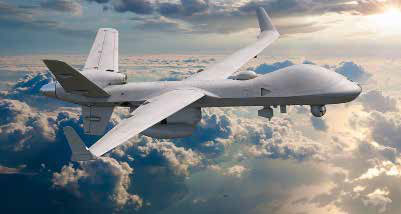 There are many other areas of Defence and Technology that India and the USA are looking at partnerships.
There are many other areas of Defence and Technology that India and the USA are looking at partnerships.
(a) Cooperation on hypersonic technology, advanced materials to help India build on cutting edge technology.
(b) USA is also keen on a fighter jet programme for the Indian Defence Forces. This would include the F/A 18 Super Hornets and the F-21s.
(c) The two countries are also likely to sign off on certain clauses of the Basic Exchange and Cooperation Agreement, which will make it easier for Americans to supply India with specific intelligence in the borders.
(d) The two leaders appreciated the strong military-to-military ties, mutual logistics support, and efforts to streamline implementation of foundational agreements. Information sharing and placement of Liaison Officers in each other’s military organizations will spur joint service cooperation. They also reiterated their resolve to strengthen maritime security cooperation, through enhanced underwater domain awareness.
(e) There are many other clauses discussed before and during the visit including Quantum Computing, Telecom, transfer of critical technology and so on.
China Factor
India’s foremost security challenge is clearly China. The clash in Galwan exposed China to the rest of the world.
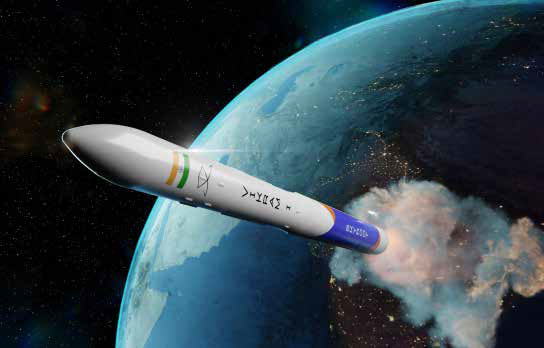 To counter this in the immediate context, India needs intelligence, equipment, logistical support, and weapon systems to deter China. Hence, with the US being a leading provider of these requirements it is imperative for India to have closer collaboration with them and in turn to be willing to be part of a wider US deterrence in the Indo-Pacific.
To counter this in the immediate context, India needs intelligence, equipment, logistical support, and weapon systems to deter China. Hence, with the US being a leading provider of these requirements it is imperative for India to have closer collaboration with them and in turn to be willing to be part of a wider US deterrence in the Indo-Pacific.
The US believes that India is one of the most important partners in its Indo-Pacific policy, to prevent China from dominating future Geo Politics and Geo Economy. However, this is not stated openly but is subtly implied. While India actively counters China on its Northern border where no doubt it will fight alone, but moral and material support from the US will help in countering China’s assertiveness and aggression.
There is no doubt that India, with its robust economy and military capability is the only counterweight to China in the region.
Conclusion
The visit brought about agreements in Space, Land, Sea, Air, Science and Technology, Telecom, Biotech and more. If this is not the mother of all bilateral agreements then what is?
Possibly, America wants India to reduce its dependency on Russia. Possibly, with China raising its head, USA wants a strong ally in this region. Of course, the Indian markets have also shown huge potential. No doubt, USA will have a major role in ensuring India’s security concerns. It is a subtle but very clear message to the region at large that America has arrived.
From the security perspective India’s most immediate concern is along the LAC, where China has made vast investments in military infrastructure. US defence collaborations and sales will help fill capability gaps including improving border surveillance. The Indian Armed Forces have time and again proved that they are the best fighting force. With initiatives as evident from this landmark visit, now the “best will fight with the best”.
Both India and USA are benefitting from this friendship. India has placed an order for 220 Boeing aircraft, which will create jobs across the US. 163 Indian companies have invested $40 billion, creating nearly 4,25,000 jobs in the US. It is a win-win for both.
The Prime Minister mentioned in his speech at Congress; “The dark clouds of coercion and confrontation are casting their shadow in the Indo Pacific. The stability of the region has become one of the central concerns of our partnership.” One can derive that with the Indo-US partnership, the shadow is fast fading. With the entry of Predator Drones and port facilities offered to the American Navy, the security interests of the Indo-Pacific have been secured. Campbell Bay in Nicobar, at the very mouth of Malacca Straits, can be developed thus extending the US power into the very center of the Indo-Pacific.
Suffice to say, that deterrence is always better than conflict. Through this State visit deterrence has been achieved.
ABOUT THE AUTHOR
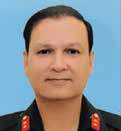 Maj Gen VK Singh, VSM was commissioned into The Scinde Horse in Dec 1983. The officer has commanded an Independent Recce Sqn in the desert sector, and has the distinction of being the first Armoured Corps Officer to command an Assam Rifles Battalion in Counter Insurgency Operations in Manipur and Nagaland, as well as the first General Cadre Officer to command a Strategic Forces Brigade. He then commanded 12 Infantry Division (RAPID) in Western Sector. The General is a fourth generation army officer.
Maj Gen VK Singh, VSM was commissioned into The Scinde Horse in Dec 1983. The officer has commanded an Independent Recce Sqn in the desert sector, and has the distinction of being the first Armoured Corps Officer to command an Assam Rifles Battalion in Counter Insurgency Operations in Manipur and Nagaland, as well as the first General Cadre Officer to command a Strategic Forces Brigade. He then commanded 12 Infantry Division (RAPID) in Western Sector. The General is a fourth generation army officer.
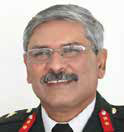 Major General Jagatbir Singh was commissioned into 18 Cavalry in December 1981. During his 38 years of service in the Army he has held various command, staff and instructional appointments and served in varied terrains in the country. He has served in a United Nations Peace Keeping Mission as a Military Observer in Iraq and Kuwait. He has been an instructor to Indian Military Academy and the Defence Services Staff College, Wellington. He is a prolific writer in defence & national security and adept at public speaking.
Major General Jagatbir Singh was commissioned into 18 Cavalry in December 1981. During his 38 years of service in the Army he has held various command, staff and instructional appointments and served in varied terrains in the country. He has served in a United Nations Peace Keeping Mission as a Military Observer in Iraq and Kuwait. He has been an instructor to Indian Military Academy and the Defence Services Staff College, Wellington. He is a prolific writer in defence & national security and adept at public speaking.

